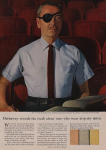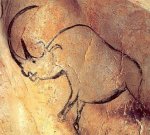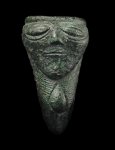have painting, or sculpture or installations ie exhibition art, the art industry ...really said anything in the last fifty years?
is there devaluation because our phones are more powerful creative tools and more interesting and versatile exhibition spaces than anything in any installation ever? they’ve rewired our brains and and attention spans, they’ve muddled and distorted everything spatially and temporally, flattened...
undermined and vastly exceeded the conceptual power of painting, sculpture etc … its actual value and ability to influence the world…
while in another sense the lonely smart phone life spikes our desire for communal, physical art experience. So this category of art, this idea of art, and the role of the artist persists, but it needs a whole load of questionable theory and funding and institutional bullshit to restrict access somehow and maintain the illusion of conceptual currency. Still nobody really believes in it, and nobody really cares about an original painting in front of their eyes anymore, do they? we just like the sensual impact, the communal cultural experience, nice coffee, good lighting...
the environment the art is experienced in, the identity of the artist, their story are as important as any formal characteristics of art itself, the content.
this is one of the things mcluhan is on about with the discovery of the poetic process giving rise to pictorial advertising. You work out how to explain and engineer the process of human perception and with that knowledge try and develop the art of advertising, focus on producing a certain effect in people, "producing a change or metamorphosis in the spectator".



